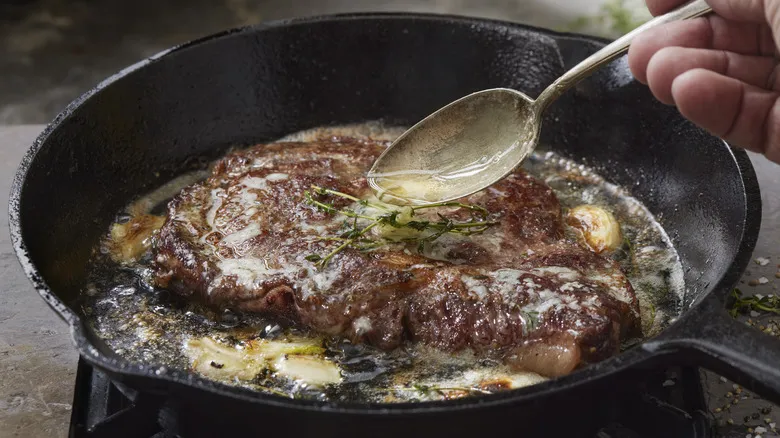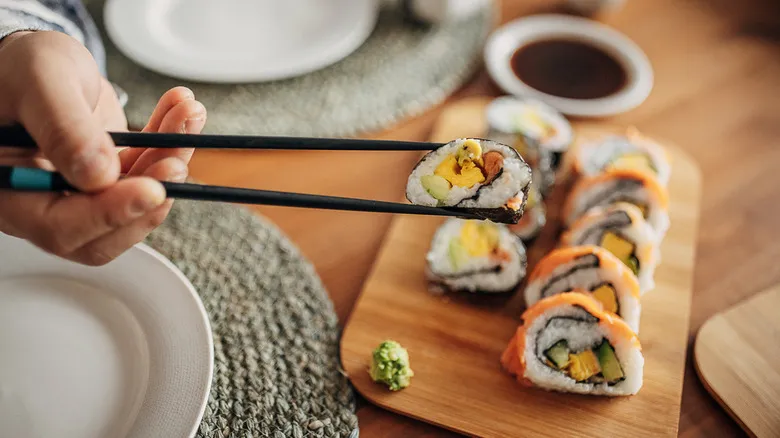Pan searing with cast iron

Searing is essential for achieving a mouthwatering cut of meat, but not for the reasons you might assume. Contrary to popular belief, searing a steak does not seal in its juices; rather, it enhances the intricate flavors that arise from caramelization and browning. To accomplish this, begin by preheating your cast iron skillet until it’s smoking hot—literally. You want the pan to be extremely hot before adding the meat, as this high temperature initiates the Maillard reaction, which alters the meat's color as it cooks. Once the meat is in the pan, resist the temptation to move it around. It may stick initially, but that’s a positive sign—once a crust forms, the meat will naturally release when it’s time to flip.
For optimal results, don’t neglect the preparation. Allow your meat to rest at room temperature for about 30 minutes before cooking, and make sure to pat it completely dry. Any leftover moisture will hinder your ability to achieve that perfect sear. Finally, once your dish is cooked to perfection, don’t forget to create a pan sauce using the delicious fond left in the skillet.
Pan searing with non-stick

Although non-stick cookware may not be as reliable as cast iron, it can still be effective for searing. A high-quality non-stick skillet, such as All-Clad's hard anodized frying pan, can handle occasional high temperatures when used properly. The key is to avoid prolonged or frequent heating and to understand how it operates differently. It's important to steer clear of common pitfalls that can ruin pan-seared meat. Additionally, the preparation remains the same: take the meat out of the fridge 30 minutes before cooking and pat it dry before placing it in the pan.
To sear in a non-stick skillet, begin with a cold pan and your choice of cooking fat. (Some chefs recommend omitting the fat entirely, so you might want to experiment with both approaches.) Add your food to the pan, then increase the heat to high. Turn it frequently to ensure even browning on both sides. Once you achieve a nice sear, reduce the heat to finish cooking. Just remember that non-stick pans won’t create the fond that cast iron does, which means you’ll miss out on making a pan sauce with the same depth of flavor.
Recommended

The Traditional Japanese Knife You Need For Cutting Sushi

The 2 Kitchen Items Kardea Brown Can't Live Without

French Vs Dutch Ovens: What's The Big Difference?

Andrew Zimmern Shared His 4 Must-Have Kitchen Tools
Next up

